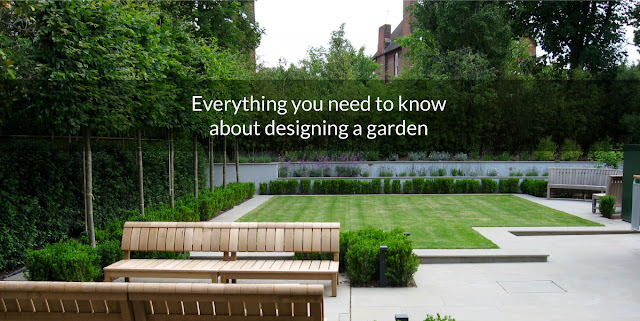How to Design your Garden more Affordable?
 |
| How to design your garden more affordable? |
It might be challenging to start out on the housing ladder in these times of austerity. However, if you've been fortunate enough to accumulate a down payment, come to an agreement on a mortgage, and worked with lawyers to navigate the frequently stressful process of buying your first home, you can look forward to personalising your new home and garden.
If you have a small backyard and little money to spend, you may have to do things on the cheap. However, with a little work and perseverance, you can still build a lovely and reasonably priced garden to enjoy all year long.
So, here are five crucial suggestions to assist you in designing a beautiful garden on a little budget (or even for nothing):
1. Make free compost and don't waste anything.
First of all, compost is still necessary if you're going to garden—even low-maintenance gardening with few plants—to improve your soil and support the growth of healthy plants. To promote household composting, many governments provide composting containers for free or at a reduced cost. Ask your local municipality about compost bins that are free or subsidised online or over the phone.
There are numerous inexpensive and even free ways to construct your own compost container if that choice is not accessible.
After constructing your compost bin, you can fill it with leaves, grass clippings, and vegetable peelings—anything that naturally decomposes (with the exception of meat, as that will smell terrible and encourage flies and vermin). Pour some water on your compost to encourage it along if it appears to be a touch dry. After a year, give your compost bin a stir and you should notice that you have your very own free supply of high-quality compost. You can use this fertile soil in plant pots, to plant out herbs, to enrich flower beds, to top off hanging baskets, or even to rake over your lawn to help give it a free feed.
2. Recycle for free by salvaging and reusing.
While the bugs in your compost bin are quietly going about their business, you can think of creative ways to recycle some common items to add some life to your new, low-cost garden. If you have an extra pallet lying around, you may use it to form a vertical planter that leans up against a wall, a tiny raised pond, or a raised bed or vegetable garden.
3. Free seeds can be obtained by gathering nature's bounty.
A brief trip to the neighbourhood nursery or garden centre might send a chill up the spine when it comes to putting out an economical garden on a tight budget. A few packages of seeds or bulbs won't leave much change from a ten-pound bill, and even small plants can be extremely expensive. However, there are plants growing all around us, and nature is free.
4. Finding free trees and plants - You can't see the forest for the trees.
If you are able to travel to a rural area in the spring, check for young, green plants growing on elderflowers. If you take a couple of these plants off, put the cuttings in some compost, and the next year, you'll have your own free elderflower saplings.
5. Always be alert because someone else's trash could be someone else's treasure.
Last but not least, keep an eye out for free materials you may use or reuse when you're out and about. It's not only about the plants when designing a garden; ornaments, driftwood, rocks, boulders, old furniture, rope, and many other items that are thrown away or ignored can be used to provide colour, texture, shape, or a focal point to your budget garden design.



Comments
Post a Comment